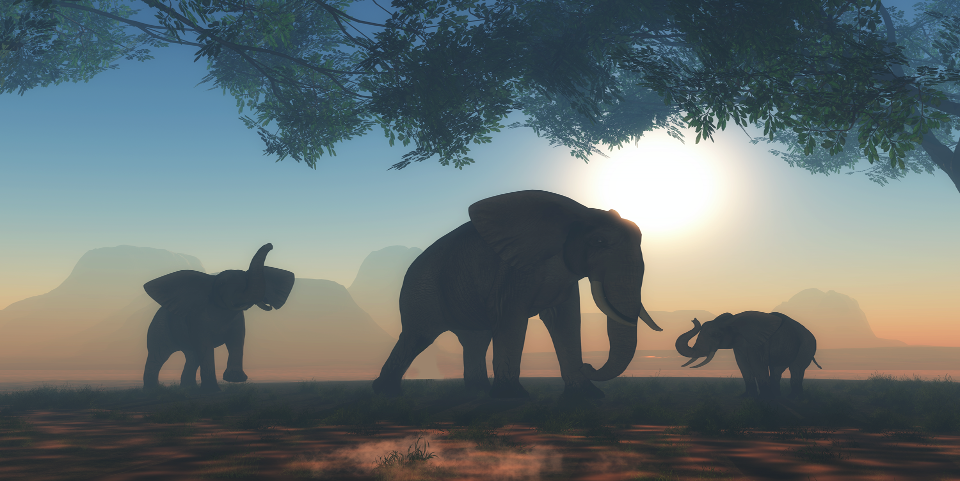Climate change is speeding up. According to some research, the earth is losing 200 species of plants, insects and animals a day. Britt Selvitelle and Aza Raskin believe that understanding non-human language can save the world. They are neither linguists nor environmental scientists. They do have impressive resumes in the field of technology.
Britt was on the founding team of Twitter. He helped build the company into the global success it is today. In the beginning, he felt that he was making the world a better place. He saw people around the world using Twitter to connect and create positive social change. But over time, he started to see the flip side. Bigots and xenophobes were also using Twitter to organize. Dismayed, Britt quit his job.
Aza is the founder of many successful startups. He is also the creator of infinite scroll. We take for granted websites like Facebook that continuously update as we scroll down. But before 2006, infinite scroll did not exist. Like a page in a book, webpages had a fixed top and bottom. In hindsight, it seems obvious, but infinite scroll was revolutionary. It meant no longer losing your train of thought clicking on next buttons. Aza isn’t proud of his invention. He speaks about the dangers of technology robbing us of our attention. He estimates that infinite scroll wastes 200,000 human lifetimes a day.
Despite their experiences, Aza and Britt believe that technology can make the world a better place. A few years ago, the two friends learned about a project studying monkey sounds. They saw an opportunity to apply machine learning to animal communication.
In 2017, computer scientists used machine learning to map the English language. This map looks like a cloud of points. Each point in the cloud represents an English word. Each point also shows a geometric relationship with all other words in the map. Over a hundred languages including Finnish, Turkish and Japanese have been mapped in this way and they all match. Transcending phonetics and grammar, machine learning has found a new way to look at language. This breakthrough in mapping language means that translations are now possible without dictionaries. And these language map translations might also be possible with non-human communication.
Do animals have language, and if they do, will their geometric structure match the structure of human language? Aza and Britt have created the Earth Species Project to find out. They are starting with recordings of whale sounds, but plan on branching out to other animals. Some say it’s a stretch, but they believe that if humans are able to empathize with animals, they will be propelled to protect the environment.

